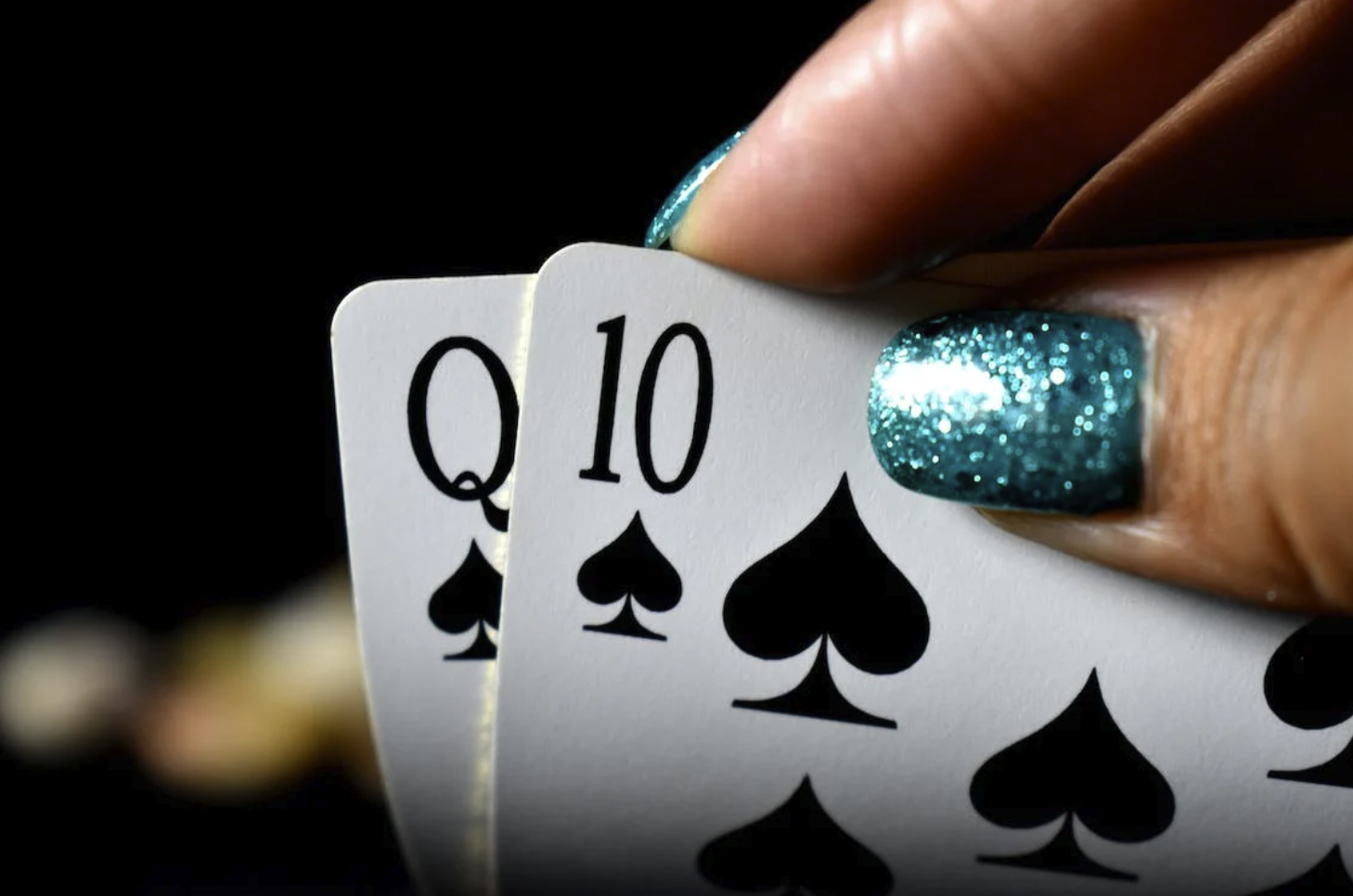Bluffing in poker is an essential skill that all players need to learn in order to be successful.
There are many different ways to bluff, and the best way to do it depends on the situation you’re in.
Table of Contents
Semi-bluff
One of the most common ways to bluff is by betting more than you would normally bet on a hand that you think is good, but isn’t great.
This is called a semi-bluff. The reason it’s called a semi-bluff is because you’re not necessarily trying to make your opponents fold, but you are trying to increase the pot size in case you do have the best hand.
Value bet
Another way to bluff is by betting less than you would normally bet on a hand that you think is bad, but could still win if the right cards come.
This is called a value bet. The reason it’s called a value bet is because you’re trying to get your opponents to call you with their worse hands, so that you can win more money when you do have the best hand.
Pure bluff
The last way to bluff is by betting more than you would normally bet on a hand that you think is bad, in order to try and make your opponents fold.
This is called a pure bluff. The reason it’s called a pure bluff is because you’re not trying to make any value bets, you’re only trying to make your opponents fold.
Pure bluffs are very risky, and should only be used in situations where you’re confident that your opponents will fold.
Bluffing is a very important part of poker, and can be the difference between winning and losing a hand.
Remember, the best way to bluff depends on the situation you’re in, so always think about what your opponents are likely to do before you make your move.
Daniel Negreanu on Poker Ranges and Bluffing in Poker w/ Lex Fridman
When should I value bet and when should I bluff?
In poker, it’s important to understand the importance of expected value.
Playing suboptimal strategies might be used to train your opponents into doing things that you can take advantage of down the line.
If you are value betting too often, your opponents will start to catch on and will start to call you more often with their worse hands.
On the other hand, if you’re bluffing too often, your opponents will start to catch on and will start to call you less often with their worse hands.
The key is to find a balance between the two, and to use each one when it’s most likely to be successful.
In general, you should value bet when you have a good hand, and bluff when you have a bad hand. However, there are many exceptions to this rule.
For example, if you’re playing against tight players who only play their best hands, you might want to bluff more often, because their bias is that they’re not going to call you with their worse hands anyway.
On the other hand, if you’re playing against loose players who play a lot of hands, you might want to value bet more often, because they’re more likely to call you with their worse hands.
As you can see, there is no simple answer to this question. The best way to figure out when to value bet and when to bluff is by paying attention to your opponents and trying to figure out what they’re likely to do in any given situation.
The more you play, the better you’ll get at making these decisions.
When should I semi-bluff?
Semi-bluffing is a great way to increase the pot size when you have a hand that is good, but not great.
The reason it’s called a semi-bluff is because you’re not necessarily trying to make your opponents fold, but you are trying to increase the pot size in case you do have the best hand.
For example, let’s say you’re playing Texas Hold’em and you’re dealt two clubs.
The flop comes out as two diamonds and a club.
You now have a flush draw, which means that if the next card is a club, you’ll have the best hand.
If you bet this hand early on, you’re likely to get many calls from worse hands, because they’ll think you’re just trying to bluff.
However, if you wait until the turn or river to bet, you can semi-bluff by betting more than you would normally bet on a flush draw.
This will often make your opponents fold their worse hands, and even if they do call you with a better hand, you still have a chance to hit your flush and win the pot.
As you can see, semi-bluffing is a great way to increase the pot size when you have a good but not great hand.
The key is to only semi-bluff when you think there’s a good chance your opponents will fold their worse hands. Otherwise, you’re just wasting your money.
What are some common mistakes people make when bluffing?
One of the most common mistakes people make when bluffing is that they don’t think about what their opponents are likely to do.
They just assume that everyone is going to fold and they don’t bother trying to figure out if that’s actually the case.
This is a huge mistake, because it’s often very easy for your opponents to see through your bluff and call you with their better hands.
Another common mistake people make when bluffing is that they try to bluff too often.
As we mentioned before, if you’re bluffing too often, your opponents will start to catch on and will call you less often with their worse hands.
The key is to find a balance between value betting and bluffing. If you’re doing both of these things, you’ll be much more successful in the long run.
What are some common Tells people give when they’re bluffing?
There are many different tells that people give when they’re bluffing, but here are some of the most common ones:
1. They take a long time to make their decision
2. They hesitate before making their bet
3. They make a small bet
4. They try to act confident even though they’re not
5. They avoid eye contact
These are just some of the most common tells that people give when they’re bluffing.
If you’re paying attention to your opponents, you’ll likely be able to catch on to their tells and figure out when they’re bluffing.
What are some common mistakes people make when value betting?
One of the most common mistakes people make when value betting is that they bet too much.
They think that if they bet a larger amount, their opponents will fold more often. However, this is often not the case.
Your opponents are likely to call you with their better hands if they think you have a good hand as well, and if you bet too much, you’re just giving them pot odds to call.
Another common mistake people make when value betting is that they don’t bet enough.
They think that if they bet a small amount, their opponents will call more often with their worse hands. However, this is often not the case either.
Your opponents are likely to fold their worse hands if they think you have a good hand, and if you don’t bet enough, you’re not giving yourself enough value for your good hands.
The key is to find a balance between these two extremes. If you’re betting too much or too little, you’re likely to lose money in the long run.
What are some common Tells people give when they’re value betting?
There are many different tells that people give when they’re value betting, but here are some of the most common ones:
1. They make a quick bet
2. They act confident
3. They make eye contact
These are just some of the most common tells that people give when they’re value betting.
If you’re paying attention to your opponents, you’ll likely be able to catch on to their tells and figure out when they’re value betting.
Conclusion – How to Bluff in Poker
Bluffing and value betting are both important aspects of poker.
Just remember to avoid common mistakes, such as bluffing too often or not betting enough when value betting.
And pay attention to the telltale signs that your opponents may give off when they’re bluffing or value betting.
If you can do these things, you’ll be well on your way to becoming a successful poker player.
Related
- Ranges in Poker and Other Popular Concepts
- Best Online Poker Sites
- Expected Value in Poker
- Modern Poker Theory
- Best Sports Betting Sites


